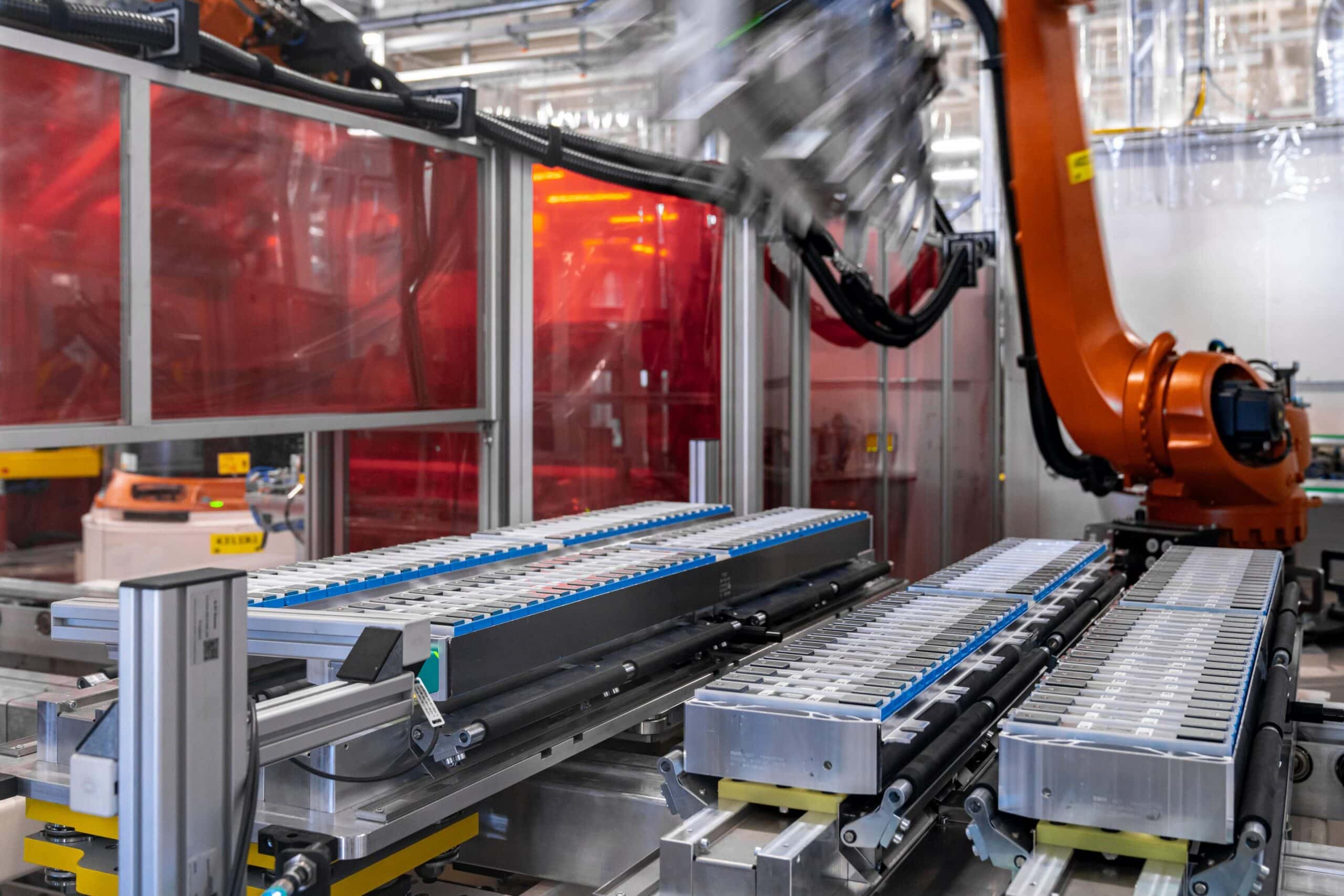When President Biden signed the Inflation Reduction Act (IRA) into law, the federal tax credit requirements for EV automakers changed. It said that if EV automakers want their cars to be eligible for federal tax incentives, they would need to meet certain requirements for battery production and critical mineral sourcing. However, it wasn’t originally clear on exactly what those requirements were. Now, the U.S. Treasury has released a statement, clarifying said requirements.
“Today, Treasury is taking an important step that will help consumers save up to $7,500 on a new clean vehicle and hundreds of dollars per year on gas, while creating American manufacturing jobs and strengthening our energy and national security.”
There are two pillars of requirements for automakers to meet: critical mineral requirement and battery component requirement. The former stipulates that a certain percentage of an automaker’s battery mineral sourcing has to come from either the U.S., a country the U.S. has a free trade agreement with, or must be recycled in the U.S. The percentage of U.S.-sourced minerals also goes up each year, starting in 2023, until it reaches 80 percent by 2027. If the percentages are met, the automaker’s EVs will be eligible for a $3,750 tax rebate.
While the second requirement revolves around battery manufacturing. Like the critical mineral requirement, a certain percentage of an automaker’s battery production needs to be assembled in North America. Again, that percentage goes up each year until it reaches 100 percent by 2029. The tax rebate achieved by meeting these percentages is also $3,750. So if an automaker gets both, its customers will be eligible for a $7,500 tax rebate on their new car.
Here are the Critical Mineral Requirements:
- For 2023, the applicable percentage is 40 percent.
- For 2024, the applicable percentage is 50 percent.
- For 2025, the applicable percentage is 60 percent.
- For 2026, the applicable percentage is 70 percent.
- Beginning in 2027, the applicable percentage is 80 percent.
Here are the Battery Manufacturing Requirements:
- For 2023, the applicable percentage is 50 percent.
- For 2024 and 2025, the applicable percentage is 60 percent.
- For 2026, the applicable percentage is 70 percent.
- For 2027, the applicable percentage is 80 percent.
- For 2028, the applicable percentage is 90 percent.
- Beginning in 2029, the applicable percentage is 100 percent.
These new rules are likely going to change their manufacturing facilities quite a bit, as the U.S. is one of the largest markets for EVs. So if automakers want a slice of this American pie, they’ll do what they have to to meet the IRA’s stricter regulations.







































































